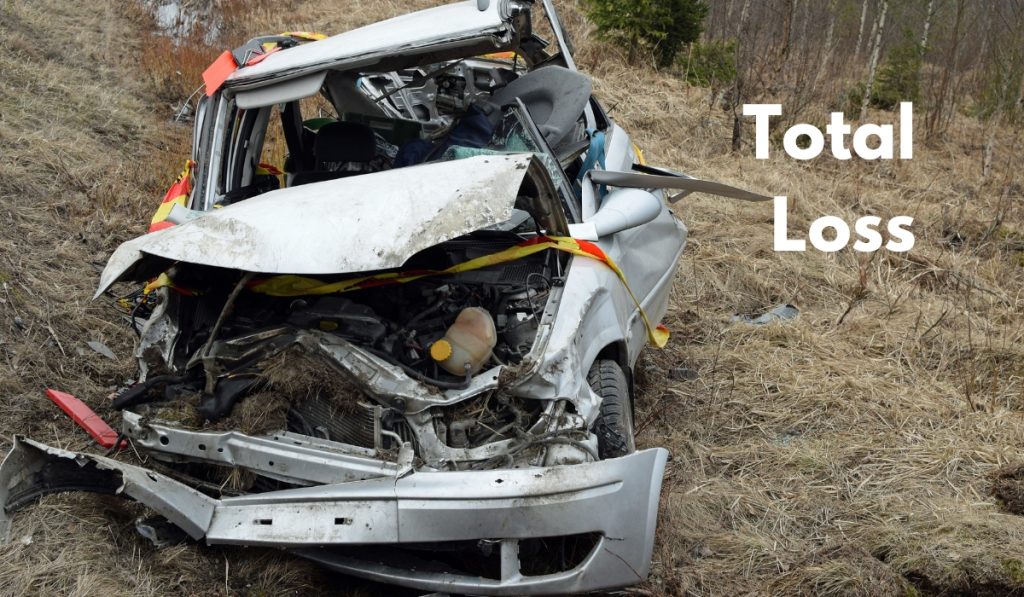Being in a serious accident where your vehicle is declared a total loss can be very stressful. Your emotions are likely running high, but it’s important to handle the insurance process correctly to get fairly compensated and back on the road.
Here’s what to do after a total loss wreck to effectively work with your insurer and come out of this ordeal as unscathed as possible:
Report the Accident Promptly
Contact both the police and your insurance company right away to report the accident. Provide details like the time, location, parties involved, injuries sustained, and damage incurred. Having the incident on official record will facilitate the claims process.
Cooperate fully with any investigations, but avoid admitting fault or accepting blame when talking to the other party or authorities. Anything you say can impact fault determination.
Get a Copy of the Police Report
Make sure to obtain the police report documenting the accident once complete. This report provides unbiased incident details that aid your insurer in properly assessing fault and claim validity.
Having the report also safeguards you in case the other driver changes their story later. Always get the facts in writing when available.
Speak to Your Insurer About the Claim Process
Your insurer will open a claim using details from your report and the police document. Discuss next steps for the total loss process and what documents or evidence you need to provide.
Ask about claim status updates so you know the timeframe and can follow up if needed. Insurers must resolve claims fairly and promptly.
Supply Supporting Documents
In addition to the accident report, provide any documentation requested by your insurer related to the total loss. This could include photos or video of the damage, vehicle ownership records, receipts for personal items damaged, etc.
The more complete information you provide, the faster your insurer can verify details and determine a payout amount.
Obtain Repair Estimates
Most insurers will request repair estimates from body shops detailing the costs to fix your vehicle and declaring it a total loss. However, you should obtain independent estimates as well and submit for comparison.
Differences in estimates could mean a higher payout for you. Thoroughly document every penny of damage.
Negotiate the Settlement Offer
Your insurer makes an initial total loss settlement offer based on vehicle value minus deductible. Carefully review this offer, checking the value against car price resources like Kelley Blue Book.
If the offer seems low, negotiate firmly with supporting documentation of higher value. Don’t accept less than fair market price.
Know Your Rights
Understand total loss settlement laws in your state. You have rights like receiving payment within a certain timeframe and your insurer exercising “good faith” during the process.
If you feel wrongly denied or treated unfairly, don’t hesitate to file a complaint with your state insurance regulator.
Decide on Replacement Options
Once settled, determine if you want to use the payout to repair the existing car, purchase a different used car, lease a new car, or buy a new car. Research to pick the best option for your situation and budget.
Getting back on the road quickly with minimal hassle should be your goal following a total loss accident and insurance claim. Just stay calm, be prepared with documentation, communicate frequently with your insurer, and know your legal rights.
Add Your Heading Text Here
With smart navigation of the insurance process, you can make the best of an unfortunate total loss. Just take it one step at a time.




